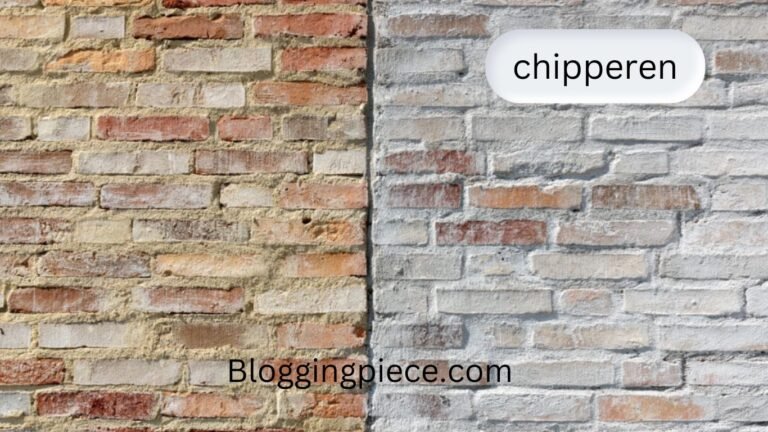Introduction
Chipperen is a unique masonry technique that has gained popularity for its ability to give buildings a dynamic and textured appearance. Originating from the innovative work of British architect David Chipperfield, the method involves applying a special mortar to a building’s facade in varying thicknesses, allowing the underlying structure and stones to remain partially visible.
The Technique
The process of chipperen involves the careful application of mortar in layers that can range from a few millimeters to several centimeters thick. This method not only preserves the texture of the masonry work but also creates a lively interplay of light and shadow on the building’s exterior. The technique is versatile, suitable for both new constructions and the restoration of older buildings, and can be applied both indoors and outdoors.
Aesthetic and Functional Benefits
One of the most significant advantages of chipperen is the aesthetic appeal it provides. The nuanced finish can transform a plain facade into a work of art, with the play of light and weather adding to its charm. Functionally, the technique offers high adhesive strength and durability, making it an excellent choice for long-lasting facade protection.
Considerations and Best Practices
While chipperen can be a DIY project for enthusiasts, it is generally recommended to have it done by professionals to ensure the best results. It’s crucial to conduct a trial section before committing to the entire facade to choose the desired outcome. Additionally, the choice of color and texture should complement the building’s design and surroundings.
Final Remarks
Chipperen represents a blend of traditional craftsmanship and modern design, offering a creative solution for those looking to add character to their buildings. Its growing popularity is a testament to its versatility and the distinct aesthetic it provides. Whether for a new project or a renovation, chipperen offers a unique way to make a statement with your property’s exterior.


